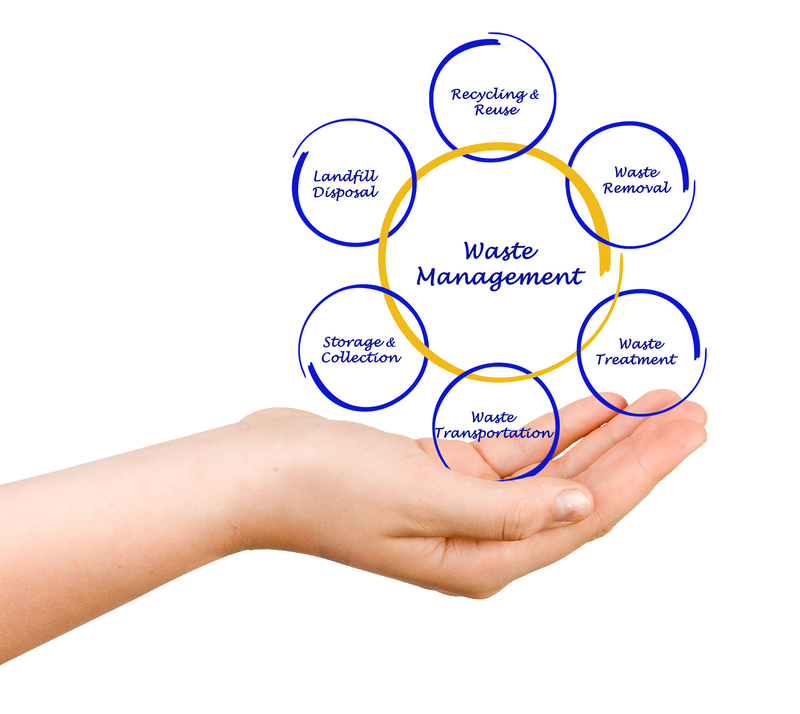Recycling Guide for Workspaces
Posted on 04/07/2025
Implementing a recycling program in a workspace not only promotes sustainability but also creates a healthier, eco-friendly environment. This guide aims to assist businesses and employees in setting up and managing an effective recycling system at the workplace.
Understanding the Importance of Recycling at Work
Recycling at the workplace is immensely important. It helps reduce waste sent to landfills, conserves natural resources, and mitigates pollution. Moreover, a well-organized recycling program can enhance corporate social responsibility and foster a culture of sustainability within the organization.

Setting Up a Recycling Program
To begin, conduct an audit to understand the types and quantities of waste generated. Typical office waste includes paper, plastic, glass, and electronic waste. Once you have this information, you can tailor your recycling program accordingly.
Choosing the Right Recycling Bins
Select bins that cater to the different types of recyclable materials identified in your audit. Clearly label these bins to avoid contamination of recyclables. Ensure they are conveniently located in high-traffic areas like break rooms, copy rooms, and near printers.
Educating Employees
Educate staff on the importance of recycling and how to do it correctly. Organize workshops or training sessions, and provide informative materials such as posters and guidelines. Effective communication is key to ensuring everyone knows their role in the recycling process.
Partnering with Recycling Vendors
Collaborate with reputable recycling vendors who can assist with the collection and processing of recyclable materials. Ensure they adhere to environmental regulations and provide documentation of how the materials are processed and repurposed.
Monitoring and Improving the System
Regularly review the recycling program to identify areas for improvement. Gather feedback from employees and check for common contamination issues. Adjust your program as necessary to enhance efficiency and effectiveness.
The Pros and Cons of Recycling in Workspaces
Pros
1. Environmental Impact: Significantly reduces waste, conserves resources, and decreases pollution.
2. Corporate Image: Promotes a positive corporate image and strengthens corporate social responsibility.
3. Employee Engagement: Encourages employees to partake in sustainable practices and boosts morale.
Cons
1. Initial Costs: Setting up a recycling program can incur initial expenses for bins, education, and vendor partnerships.
2. Time and Effort: Employees may need to invest time in sorting waste correctly, which can be seen as a distraction from work tasks.
3. Space: Allocating sufficient space for recycling bins can be challenging, especially in smaller offices.
Recycling Tips for Workspaces
1. Limit paper waste by encouraging digital documentation.
2. Use reusable containers, utensils, and dishware.
3. Set up a compost bin for food waste.
4. Properly dispose of electronic waste to avoid harmful environmental impact.
5. Reward employees for their recycling efforts with incentives or recognition.

Key Takeaways
1. Successful recycling programs require planning, education, and continuous improvement.
2. Proper disposal and sorting of waste are crucial to avoid contamination.
3. Employee participation and engagement are essential.
4. Environmental and social benefits often outweigh the initial setup costs.
Conclusion
Recycling in workspaces is a practical and impactful way to contribute to environmental sustainability. Although it requires some initial investment and effort, the benefits are significant. Businesses that implement and maintain an effective recycling program will not only enhance their corporate responsibility but also foster a more conscientious and engaged workforce. Start small, educate your team, and gradually build a culture that values sustainability. Your efforts will contribute to a healthier planet and a more collaborative workplace.




